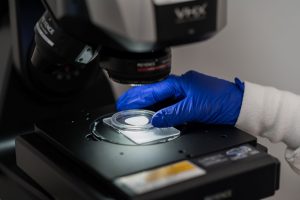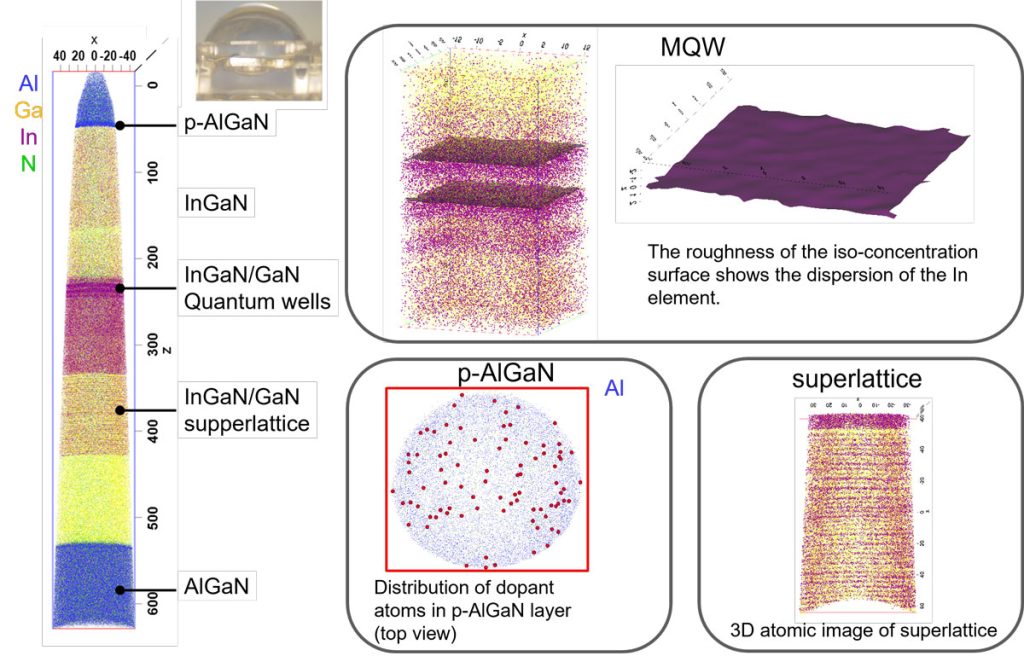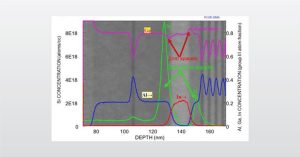
Essentials of Particulate Testing: USP <788> and AAMI TIR42
Essentials of Particulate Testing: USP <788> and AAMI TIR42 While there are many standards available for particulate testing, USP <788> and AAMI TIR42 are the most important. This is especially




